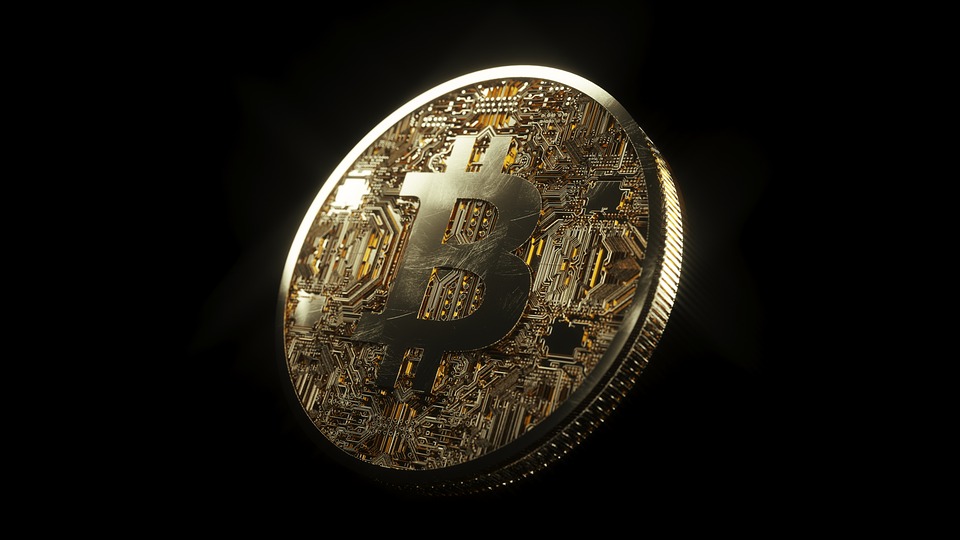The investment landscape has undergone a profound transformation over the past two decades, driven by technological advancements and a seismic shift in investor behavior. The rise of digital assets, encompassing cryptocurrencies, tokenized securities, and decentralized finance (DeFi), has fundamentally changed how individuals and institutions approach investing. At the forefront of this evolution are investment platforms, which have transitioned from traditional brokerage models to digital ecosystems. This article explores the rise of these platforms, their impact on the investment landscape, and what the future may hold.
The Traditional Investment Model
For much of the 20th century, investing was largely confined to traditional financial institutions—brokerages, banks, and wealth management firms. Investors relied on financial advisors and brokers to navigate their portfolios, often subject to high fees and limited access to certain asset classes. Furthermore, the process was predominantly manual, characterized by paperwork and prolonged transaction times. The barrier to entry for everyday investors was high, often deterring participation or limiting access to exclusive investment opportunities.
The Digital Revolution
The advent of the internet and technological innovations in the early 21st century began to dismantle the barriers associated with traditional investing. Online brokerages emerged, democratizing access to stock markets and enabling individuals to manage their investments independently. Low-fee platforms allowed investors to trade at a fraction of the cost, paving the way for self-directed investing.
As financial technology (fintech) continued evolving, new investment platforms began to proliferate, offering a range of avant-garde services, including robo-advisors and social trading networks. However, the most significant shift has come with the rise of digital assets—cryptocurrencies, tokenized assets, and blockchain-based finance.
The Emergence of Digital Asset Investment Platforms
The introduction of Bitcoin in 2009 laid the groundwork for a new asset class that captured the imagination of investors worldwide. In response, investment platforms specializing in digital assets have emerged, catering to the growing interest in cryptocurrencies and blockchain technology.
Features of Modern Digital Asset Platforms
-
Accessibility and Inclusivity: Digital asset platforms allow anyone with an internet connection to invest, reducing the barriers associated with traditional finance. With low minimums and user-friendly interfaces, they have attracted a diverse range of investors.
-
Diverse Asset Offerings: Unlike traditional platforms that primarily focus on stocks and bonds, digital asset investment platforms offer a plethora of options, including cryptocurrencies, NFTs, and tokenized real estate. This expanded menu has attracted individuals seeking new investment opportunities.
-
Real-Time Trading and Transparency: The blockchain technology underpinning digital assets provides unparalleled transparency and security. Investors can track their transactions in real time, promoting confidence and reducing fraud risk.
- DeFi Innovation: DeFi protocols take the concept of investing a step further by allowing users to lend, borrow, and trade without intermediaries. Investment platforms integrated with DeFi services facilitate innovative financial products that can yield higher returns.
The Impact on Investors and Markets
The rise of digital asset investment platforms has significantly impacted investor behavior and market dynamics:
-
Increased Participation: With any individual able to invest with minimal capital, participation in financial markets has broadened, particularly among younger generations accustomed to digital interactions.
-
Volatility and Risk Awareness: The volatility inherent in digital assets has heightened investors’ awareness of risk. As they engage with these platforms, investors are becoming more astute and adopting diversified strategies.
- Regulatory Challenges: The rapid growth of the digital asset space has not gone unnoticed by regulators. Investment platforms must navigate a complex landscape of regulations that vary across jurisdictions. As governments work to establish frameworks, future regulatory clarity will significantly shape the evolution of digital asset investment.
Looking Ahead: The Future of Investment Platforms
As we look to the future, several trends suggest that the integration of traditional financial practices with digital asset investing is inevitable:
-
Institutional Adoption: As large financial institutions increasingly recognize the potential of blockchain technology and cryptocurrencies, more robust investment platforms catering to these entities will likely emerge.
-
Enhanced User Experience: Investment platforms will continue to evolve, adopting artificial intelligence, machine learning, and enhanced analytics to deliver personalized investment recommendations and improve user experiences.
-
Tokenization of Traditional Assets: The process of tokenizing traditional assets, such as real estate and stocks, will create new opportunities for fractional ownership and liquidity, further bridging the gap between traditional and digital investing.
- Greater Focus on Security and Regulation: As concerns about security breaches and fraud continue, platforms will prioritize robust security measures. Collaboration with regulators will enhance trust and stability in the digital investment market.
Conclusion
The rise of investment platforms in the digital asset space marks a revolutionary shift in how investors engage with financial markets. By combining accessibility, diversity, and innovative financial products, these platforms have democratized investing in ways not previously imaginable. As digital assets continue to mature and integrate with traditional investment paradigms, the future promises expansive opportunities for both individual and institutional investors. The transition from traditional to digital is just beginning, and its full potential is yet to be realized.

